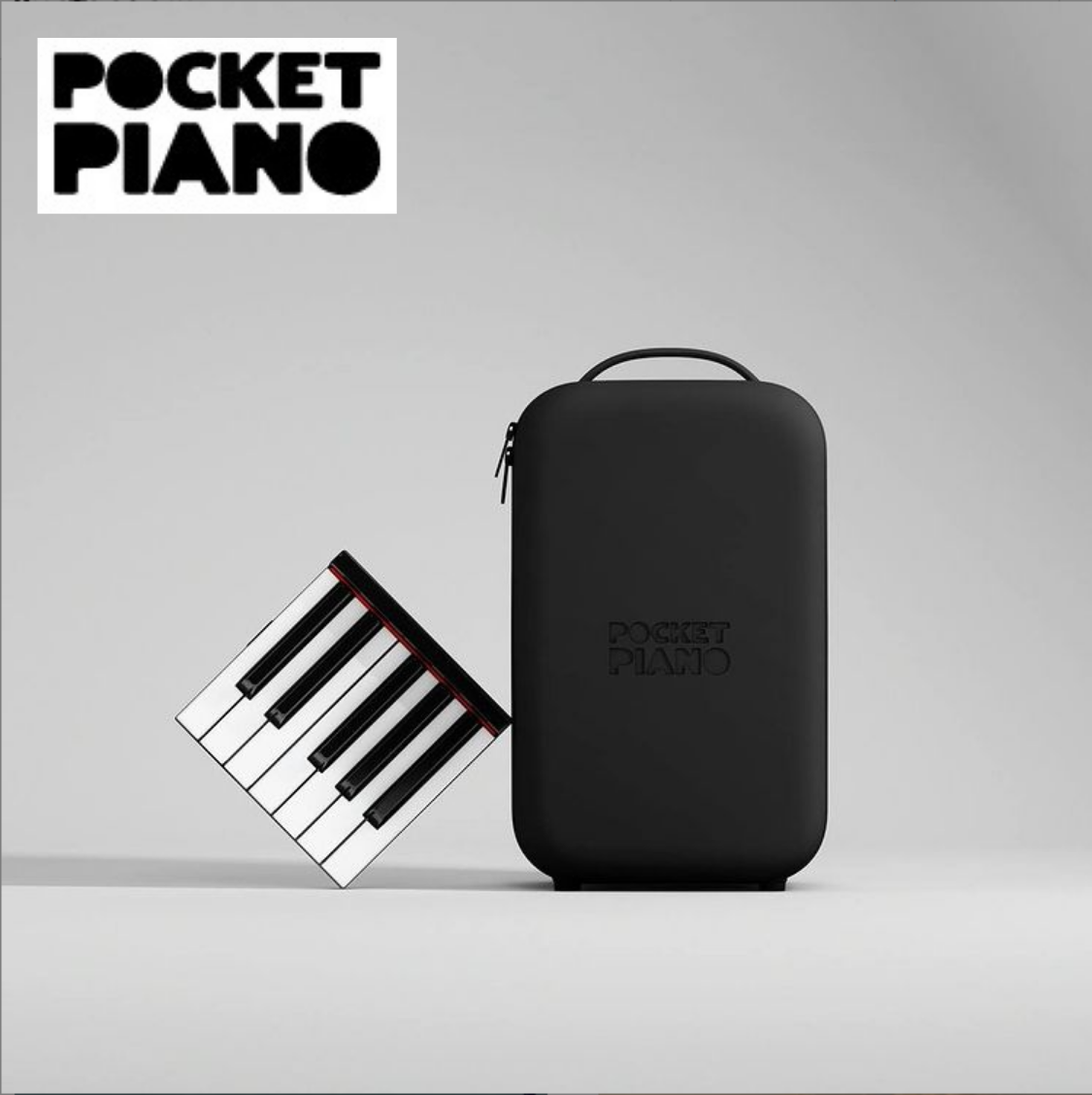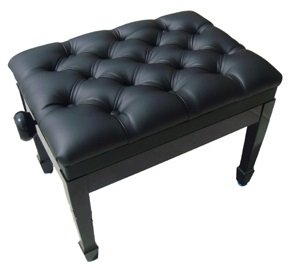How to Buy a Used Piano
A Comprehensive Checklist
How to buy a used piano. Shopping for a second-hand piano can be a
challenging experience for most. While attempting to save money, many
shoppers would argue since they cannot afford a new piano, a used piano
would be the ideal solution.
Is that how you feel? Are you and your family, organization, or business on a budget? Would you like to know how to best maximize every penny you spend on a used piano, before ever going shopping?
As you go through the rest of this article, please bear in mind this one, critical reminder:
The quality of your choice can either save you thousands of dollars over a decade, or take thousands of dollars away from you.
Oftentimes, buyers soon come to realize the piano they've invested in -- for free, or for a fee -- is costing them more than what they initially "bargained" for.
Are you buying something worth every penny you’re paying? Or is it going to cost you just as much - or even more - to bring it into a playable condition?
Indeed, buying a used piano is not the same as buying a brand new piano.
In fact, experts would even agree that one should have a keener eye for detail when buying a used piano, than a new one.
Only a qualified piano technician can know exactly and to what extent, the piano you’re looking at has 'deteriorated', and if what you’re shopping for is, in reality, in excellent condition.
We’ve been pounded by dozens of questions about used pianos.
To make things easier, here is some pertinent information you must know - and can use immediately - the next time you see a used piano for sale on Craigslist, Ebay, at a garage sale, flea market, antique shop, or another classified site.
Be sure to print out this page.
To be forewarned, is to be forearmed.
You will know exactly what to look for and what to avoid altogether. It will make your life easier, less stressful, and help you to save money.
Looks, Styling and Finish
Start by looking at the physical and aesthetic aspects of the piano. How does it look? Consider the following points:
1) Does the piano match or complement your interior’s décor? Does it complement your existing furniture? Is there adequate space to house the piano? More importantly, is there an inner wall in your home - away from vents, windows, and direct sunlight – to place the piano?
2) Does this used piano need refinishing? The cost to refinish a used piano can cost several thousand dollars, comparable to the cost of a new piano [and/or rebuilding one]. Weigh things carefully. If you think you’ll be spending more on a used piano PLUS refinishing costs, then you might reconsider opting for a brand new one instead.
3) Consider if the piano has already been restyled or refinished in any way, unusual to your taste or the motif of your home.
4) Check the cabinet. Are there any missing and/or broken parts or hardware?
5) Check for loose veneer and/or other signs of moisture damage.
6) The piano should have its matching bench. And it should not just be any bench, but a bench that matches the piano, preferably in good condition.
Pin block and tuning
7) The piano’s pitch should be near A440hz and adequately in tune.
8) Have the owners maintained its pitch consistently, year after year?
9) Bring a technician with you. How tight are the tuning pins? Out-of-tune unisons (same string, one note) in most cases indicate a loose pin block. A loose pin block can render an otherwise “perfect-looking / sounding piano” useless.
Due to the age alone, a loose pin-block can mean restringing the entire piano (>$2,500 base cost) with larger tuning pins to replace the smaller ones. Larger replacement tuning pins grip the wood more firmly, to achieve a clear and stable tuning.
Note: Consult with a qualified piano technician in your area, to ascertain whether or not the pin–block should (1) be replaced, or (2) repined without replacement.
10) The tuning pins should be uniform. Check if there are any tuning pin replacements, especially on pianos older than 40 years, since some bad / worn pinblocks are common.
11) Make sure the tuning pin coils and the pinblock (level with the plate) have 1/8 inches of clearance, above the plate.
12) Beware of pinblocks that have been applied with chemicals to tighten the pins temporarily. You will know this because you’ll see a messy, dark brown (or grey or black) sticky stain around the bottom of the tuning pins.
13) Check the piano for signs of cracks and delaminating. This is possible on grand pianos when you remove the fallboard (which covers the keys). Check the underside of the pinblock.
Strings
14) When should you be alerted by rusted strings? It’s ok to shop for pianos with strings that are lightly rusted or tarnished, but never bet any amount of money on strings with excessive rust since it could only mean breakage in no time – ESPECIALLY if the piano has not been tuned every year by its previous owners.
Note: Strings can immediately break, when tuned, while in this condition (below A440hz). Even when the piano is tuned very slowly, string breakage is still very likely.
Make sure the piano is near A440hz, using an electronic tuning device ("ETD", or a metal tuning fork), if the strings show a considerable amount of rust.
15) Keep an eye on coils or at bearing points. Check for missing strings.
16) Excessive amount of new-looking strings ("shiny" vs. "dull"), as well as splicing, among a set of older strings means that wires are susceptible to breakage.
17) Check if the bass notes release a clear and rich sound. Or, do they sound “tubby” and flat when played?
Bridges
18) For the bridges, the most common areas where you need to keep an eye are on the bass bridges.
19) It is common for bridge pins to sustain very small, hairline-like cracks.
20) If you see the piano has several cracks in the bridges, chances are, the bridge pins have eventually dislocated. This means you need to have the bridge repaired, or get a new bridge or bridge cap replacement. These repairs can often equal or exceed the cost of the used piano, itself.
21) A loose bass bridge means a weaker tone on one end of the bass section than the other.
22) Check if the treble bridge shows any signs of cracking.
23) For old pianos, make sure that the wooden upper bearing points have no cracks.
Soundboard and ribs
24) Check if the sound board is still in excellent condition by playing ALL the keys from one end to the other. Check if the tones are even. No buzzes or unnecessary sounds should come from the piano.
25) The soundboard should never have any excessive cracks. Pay attention to soundboards that may be unrepaired as well.
26) Wooden shims in cracks indicate that the soundboard has undergone repair. However, if you are to buy a used piano, see to it that there are no new cracks alongside the shim(s).
27) Make sure that the soundboard is properly installed and glued around the perimeter.
28) If you notice any ribs cracking, check to see if they are well-glued.
29) Do a pluck test to check if the soundboard is in great condition.
Slowly press a key in the octave that stars above on top of middle C. This is where the critical melody range is. Hold the key down to elevate its damper. Pluck one of the three strings of the note of your choice. The sound should rise right after you do this, 'smoothening' down, slowly, after the string vibrates.
The note should remain audible for at least five seconds to indicate the sound board is functioning properly. Less than this amount of time indicates the soundboard has a problem.
30) The soundboard's crown (slight curve) should be visible. Any crown is better than none. Some pianos without crown are able to sound just as good as those without.
Structural Integrity
31) DO NOT LIFT ANY LIDS – on ANY USED GRAND or VERTICAL piano - before checking for any (1) missing hinges or (2) signs of cracking around the hinges.
32) A cracked plate is very rare. Check the struts and the tuning pin areas to check if they are free from any damage. Repairing a cracked plate is very expensive, and usually, is not guaranteed by piano rebuilders.
33) Look for separations or delaminations in the bottom part of the rim (grand pianos). Check for the existence of a large crack which you may find behind the top horizontal beam on an upright (vertical) piano.
34) Make sure the piano does not rock. Check the legs for cracks and make sure its structural integrity is sound and sturdy.
35) Check to make sure no casters (wheels) are missing (both vertical and grand pianos).
Keys, Action, Hammers, Dampers, and Regulation
36) Check if all the keys play. If not, ask the seller why. Also check for missing, broken, or unattached parts.
37) Check the piano’s interior to see if the spacing and alignment of parts are parallel with one another.
38) Beware of buying a pre-1960 piano if the action parts are made of plastic. Choose those with parts replaced of post-1960 manufactured materials. It pays to ask your technician to help you do the checkup to make sure that you’re on the right track.
39) Make sure the piano is free from moth damage, especially the hammers, dampers and other felt parts.
40) For vertical pianos, see to it that bridle straps are not missing, broken, or brittle.
41) Check if the keys are inactive, sluggish, or sticking.
42) Take note of what type of keytops are used. Are they ivory or just mere plastic? Also, check for damaged, missing, unglued, or chipped keytops.
43) Check if the keys are moving unnecessarily (excessively) to the right or left. New key bushings (felt inside / underneath the keys) may be a necessary repair. Are the keys noisy, or do they "knock" excessively, when played? From the front and top angles, are the keys evenly spaced and squared?
44) Check the hammers for grooves, the amount
of remaining felt, and correct number of string dents. Misplaced or unclear string dents on hammers indicate wobbly and/or loose hammers. Loose hammer heads can give off a clicking noise, or show up / down movement when played.
45) Do the dampers work properly? Or do notes continue to ring after a key is pressed? Notes should "cut-off" evenly and cleanly when played in a staccato fashion.
46) Look at the dampers. Then press the sustain pedal. Do the dampers move together and lift evenly, all at once?
47) The hammers should move simultaneously when the soft pedal (normally the one to the far left) is pressed.
48) Play a few keys in the bass, treble, and high treble as softly as possible. If the keys cannot play evenly at soft dynamic levels (e.g. misses, skips, doesn't play 'on time'), the action probably needs to be regulated.
49) Play one key at a time, very rapidly (using alternating hands), while depressing the right pedal; then without the right pedal, to check the keys' repetition.
Pedals
50) Check the dampers, when pressing the sustain pedal (see #45 & #46 above).
A sostenuto pedal (the middle pedal), on a vertical piano indicates a piano of excellent quality.
But, if the middle pedal does not activate a sostenuto on a grand piano, then the piano may be a lower-quality instrument.
Test the sostenuto by pressing the right pedal to elevate the
dampers. Next depress the middle pedal. Let it stay depressed while releasing the right pedal. If the dampers remain raised, this indicates a sostenuto pedal.
51) The left pedal moves the hammers closer to the strings (vertical pianos only). Grand pianos will shift the keyboard. If the left pedals on the grand piano lifts the bass dampers, this is a sign of a lower quality instrument.
52) Pedal lyre. Grand pianos only: Is the pedal lyre coming apart from the top? Are glue joints in tact? Are the lyre braces in place, attached securely to the piano underneath? Does the lyre feel firmly in place (secure) when the pedals are pressed?
Other Critical Information
53) Ask the owner about the piano's history. Ask to see maintenance records. Ask for the previous (or current) technician's name and contact information. Where has the piano been situated (indoors/outdoors and in what city) for most of its life? How many times has it moved, and by whom?
54) What is the piano's serial number, which indicates its age? Has it been painted over or sanded out, indicating a less-than-mediocre rebuilding job?
55) Can you afford the repairs, annual tuning, and initial moving costs, to bring this instrument into a playable condition?
and most important ...
56) What does your piano technician have to say about this piano?
SUBSCRIBE TO OUR FREE EZINE:
Support our site at no cost to you. Make your Amazon purchases by clicking through this link, here.







 Click Here to View our Terms and Conditions
Click Here to View our Terms and Conditions